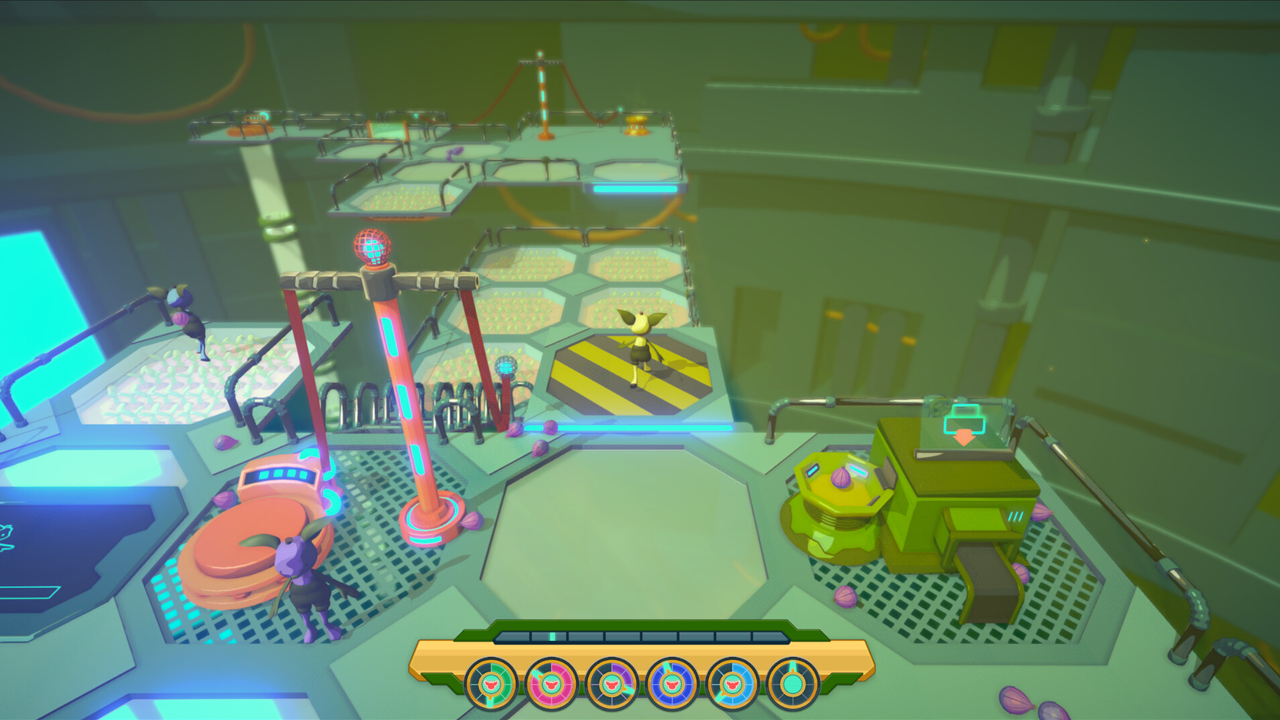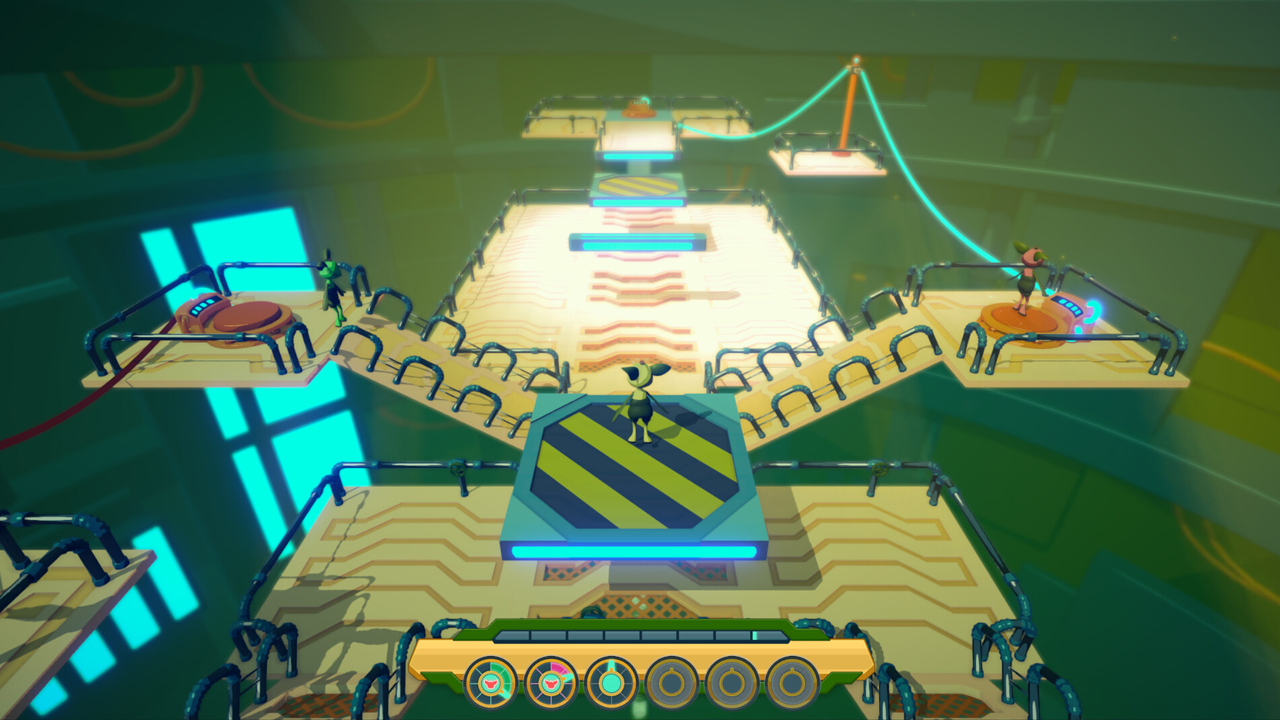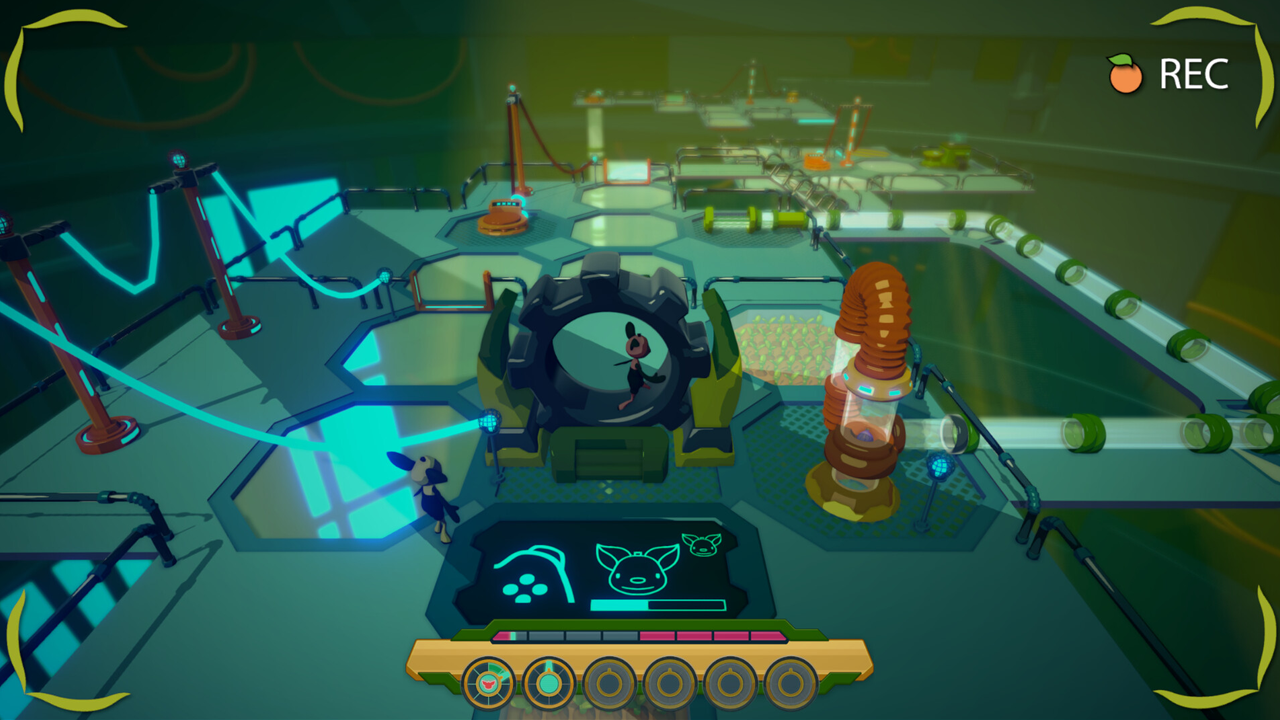Repeat After Me
Description
Repeat After Me is one of the projects I developed during my studies as part of a larger student team. It’s a 3D puzzle platformer centered around a unique cloning, recording, and replaying mechanic, enabling a single player to solve puzzles designed for multiple people. The game gained significant traction during our semester, leading to multiple exhibitions on the German Dev Days as well as in the indie area at Gamescom, and the later release of our demo on Steam.



Development process
As the main programmer for this project, I was responsible for implementing the character’s functionality, animation, and game managers. Additionally, I handled lighting, shaders, and post-processing, ensuring they aligned with the style guide set by our vision keeper.
Following our team role assignments and kick-off meeting with the professors, I began setting up the project’s basic infrastructure. In the first few weeks, we worked closely with our game designer to define the character’s specifications and interactions. These details were compiled into our game design document on Confluence. Meanwhile, another team member established our CI pipeline and version control system using Perforce, while our project manager set up task tracking in Jira.
With the game design document as a reference, I implemented the core features, allowing our game designer to test new builds and coordinate feedback sessions. Perforce enabled thorough code reviews, fostering a strong learning environment. To keep our game systems decoupled, I implemented an event bus, allowing parallel development across the team. The character controller was designed with the single responsibility principle in mind, with distinct subcomponents for input, physics, animation, and recording. For the recording mechanic, inputs were stored in an input snapshot struct and timestamped for later playback. Once the project was feature-complete, I focused on optimizing memory management through preallocating lists, object pooling, etc.
We presented the project on campus, conducting playtesting sessions with other students. Their feedback provided a list of refinements and additional features, which we implemented over the semester break. Finally, we exhibited our game, first at the German Dev Days, and later at Gamescom, showcasing our work to a wider audience.
